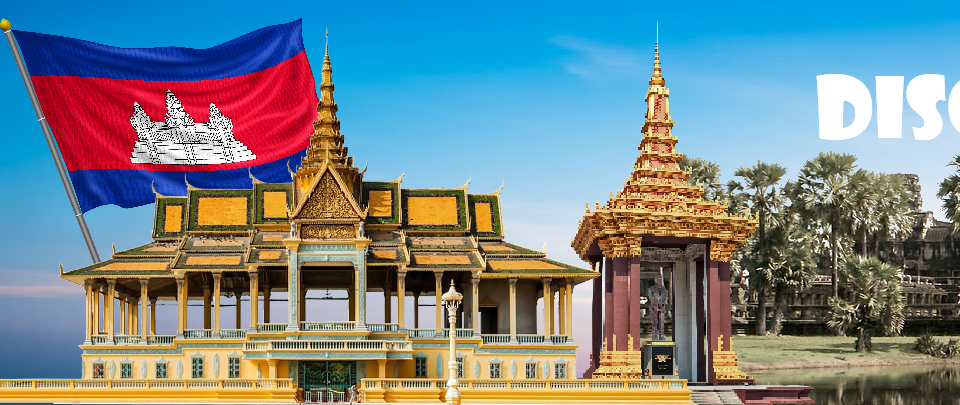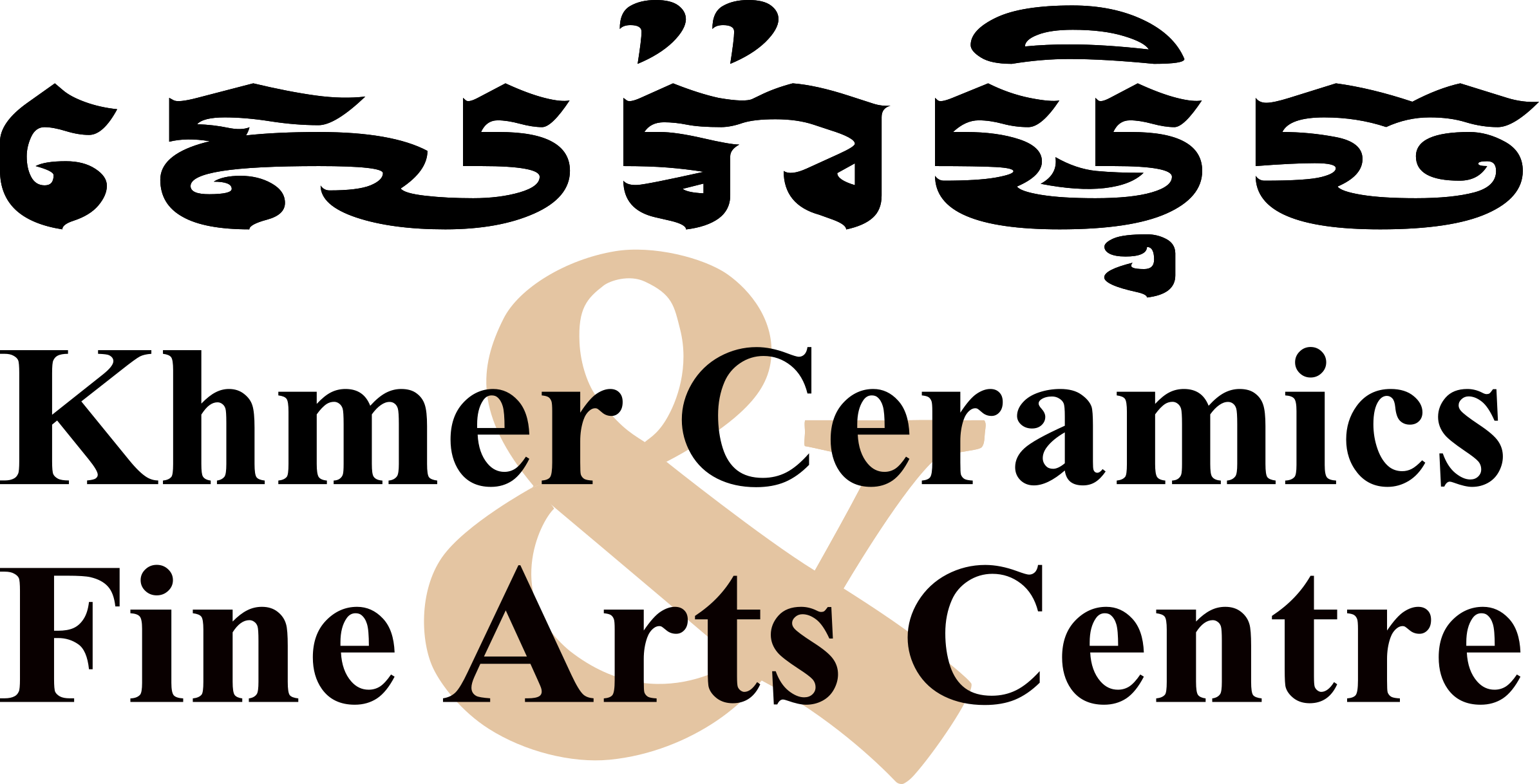





Angkor Wat Temple Guides
Due to the global attention that it has received and the millions of visitors it attracts, the Angkor Wat has become a prominent image that is associated with Cambodia, and in this way has become a symbol of Cambodia itself. A depiction of Angkor Wat has been a part of Cambodian national flag since the introduction of the first version in 1863.
From a historical and trans-cultural perspective, however, the temple of Angkor Wat did not become a symbol of national pride by itself but had been inscribed into a larger politico-cultural process of French-colonial heritage productions. Angkor Wat caught the attention and imagination of a wider audience in Europe when the pavilion of French protectorate of Cambodia, as part of French Indochina, recreated the life-size replica of Angkor Wat presented in French colonial and universal exhibitions in Paris and Marseille between 1889 and 1937. It was on display in the plaster cast museum of Louis Delaporte called musée Indo-chinois which existed in the Parisian Trocadero Palace from c.1880 to the mid-1920s.
Myths
According to the 13th-century Chinese traveller Zhou Daguan, some believed that the temple was constructed in a single night by a divine architect. In 1622, The Poem of Angkor Wat composed in Khmer language describes the beauty of Angkor Wat and propagates a legend around the construction of the complex, supposedly a divine castle built for legendary Khmer king Preah Ket Mealea by Hindu god Preah Pisnukar (or Braḥ Bisṇukār, Vishvakarman). In the 17th century,

the Japanese believed that the temple was the location of the famed Jetavana garden of the Buddha, which was originally located in the kingdom of Magadha, India. According to another myth, the construction of Angkor Wat was ordered by Indra to serve as a palace for his son Precha Ket Mealea.
Tourism

According to the 13th-century Chinese traveller Zhou Daguan, some believed that the temple was constructed in a single night by a divine architect. In 1622, The Poem of Angkor Wat composed in Khmer language describes the beauty of Angkor Wat and propagates a legend around the construction of the complex, supposedly a divine castle built for legendary Khmer king Preah Ket Mealea by Hindu god Preah Pisnukar (or Braḥ Bisṇukār, Vishvakarman). In the 17th
century, the Japanese believed that the temple was the location of the famed Jetavana garden of the Buddha, which was originally located in the kingdom of Magadha, India. According to another myth, the construction of Angkor Wat was ordered by Indra to serve as a palace for his son Precha Ket Mealea.
Since the 1990s, Angkor Wat has become a major tourist destination. In 1993, there were only 7,650 visitors to the site and by 2004, government figures show that 561,000 foreign visitors had arrived in Siem Reap province that year, approximately 50% of all foreign tourists in Cambodia. The number reached over a million in 2007 and over two million by 2012. Angkor Wat received over two million foreign tourists in 2013 and 2.6 million by 2018.
The site was managed by the private SOKIMEX group between 1990 and 2016, which rented it from the Cambodian government. The influx of tourists has caused damage such as graffiti on the walls. Ropes and wooden steps have been introduced to protect the bas-reliefs and floors, respectively. Tourism has also provided some additional funds for maintenance—as of 2000 approximately 28% of ticket revenues across the entire Angkor site was spent on the temples—although most work is carried out by teams sponsored by foreign governments rather than by the Cambodian authorities.
Since Angkor Wat has seen significant growth in tourism throughout the years, UNESCO and its International Co-ordinating Committee for the Safeguarding and Development of the Historic Site of Angkor (ICC), in association with representatives from the Royal Government and APSARA, organised seminars to discuss the concept of “cultural tourism”, emphasising the importance of providing high-quality accommodation and services to the tourists and for the Cambodian government to benefit economically, while also incorporating the richness of Cambodian culture. In 2001, this incentive resulted in the concept of the “Angkor Tourist City” which would be developed about traditional Khmer architecture, contain leisure and tourist facilities, and provide luxurious hotels capable of accommodating large numbers of tourists.
The prospect of developing such large tourist accommodations has encountered concerns from both APSARA and the ICC, claiming that previous tourism developments in the area have neglected construction regulations and that more of these projects have the potential to damage landscape features. Also, the large scale of these projects have begun to threaten the quality of the nearby town’s water, sewage, and electricity systems. It has also been noted that such high frequency of tourism and growing demand for infrastructure has had a direct effect on the underground water table, subsequently straining the structural stability of the temples at Angkor Wat. Locals of Siem Reap have also voiced concern that the atmosphere of their town have been compromised to entertain tourism. Since this local atmosphere is the key component to projects like Angkor Tourist City, the local officials continue to discuss how to successfully incorporate future tourism without sacrificing local values and culture. At the ASEAN Tourism Forum 2012, it was agreed that Borobudur and Angkor Wat would become sister sites and the provinces sister provinces.
In 2020, the COVID-19 pandemic led to travel restrictions being introduced across the world, which had a severe impact on Cambodia’s tourism sector. As a result, visitors to Angkor Wat plummeted, leaving the usually crowded complex almost deserted. Cambodia, including Angkor Wat, reopened to international visitors in late 2021, but as of the end of 2022 had only received a fraction of its pre-pandemic traffic: a total of 280,000 tourists visited the complex in 2022, versus 2.6 million in 2018. In 2023, the temple saw an increase in numbers over the previous year, having over 400,000 tourists by late July. Tourists reenacting the 2011 game series Temple Run in mid-2024 for social media have drawn criticism from conservationists who warn that it risks damaging Angkor Wat’s structures and carvings and is culturally insensitive.





